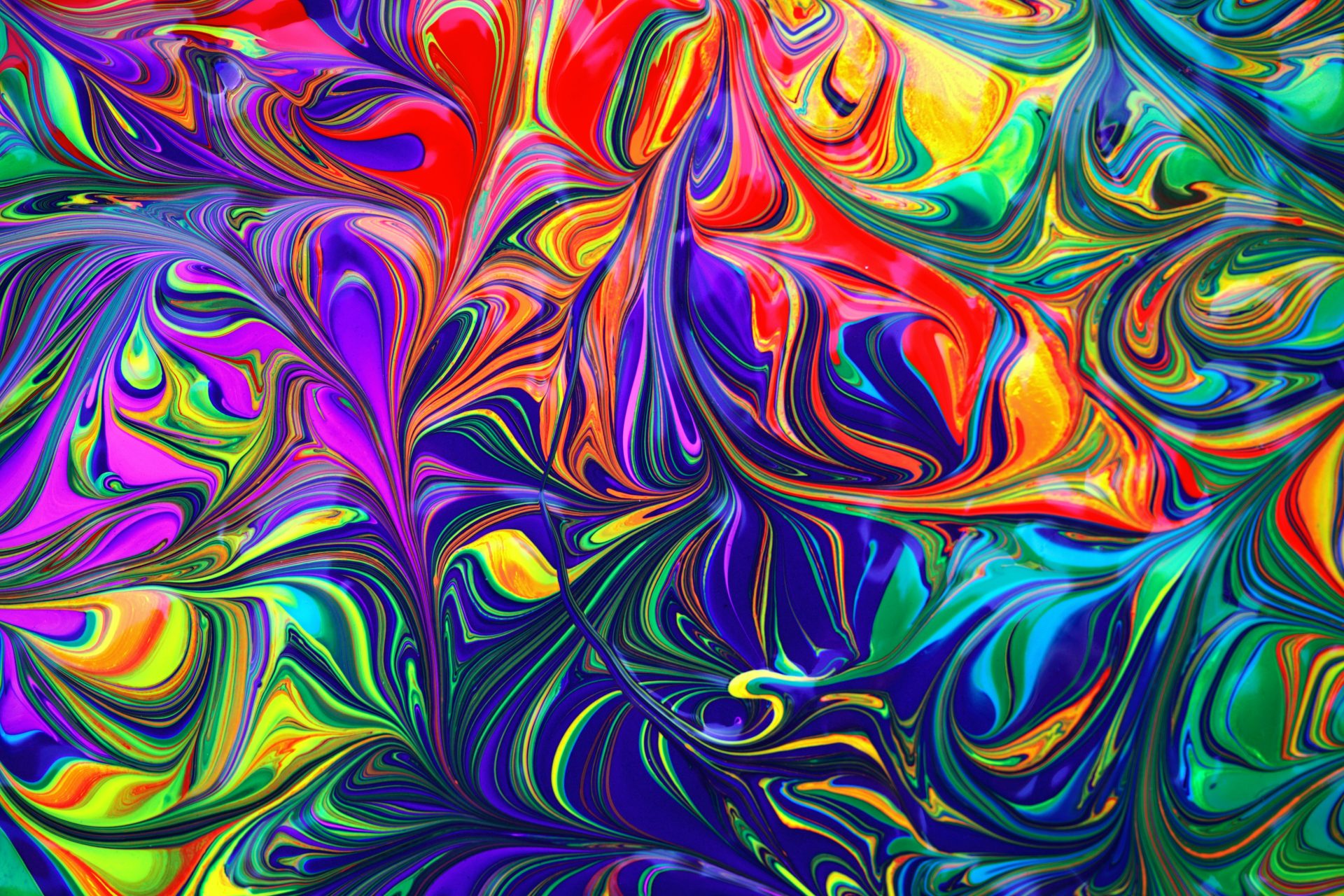Santiago de Compostela Camino: Pilgrimage Routes and Galician Traditions

Before diving in, please note: This post is for informational purposes only. If you’d like to know more about how we approach topics, feel free to check out our friendly Disclaimer Page.
Hey there, amazing readers! 🖐️ Just a quick note: yes, we know there are a lot of ads here. Trust us, we get it—it’s not the prettiest look, but they help us keep this blog alive and kicking. Those pesky little ads cover the costs of all the behind-the-scenes magic, from hosting and tech stuff to creating content we hope you’ll love.
We’re committed to delivering quality posts, and your support (even just sticking around despite the ads) means everything to us. So, bear with us, and thanks for helping us keep the good vibes rolling. Now, on to the fun stuff! 😉
TRANSLATE BUTTON AT THE END OF THE ARTICLE
A Quick Overview
Santiago de Compostela, located in the northwest region of Spain, is famous for being the final destination of the Camino de Santiago pilgrimage routes.
Pilgrims from all over the world travel to Santiago de Compostela to pay homage to the remains of Saint James the Apostle, which are believed to be located in the city’s cathedral.
The Camino de Santiago, also known as the Way of St.
James, offers a unique and transformative experience for those who embark on the journey.
This article will delve into the history of the pilgrimage routes, popular Camino routes, cultural significance, Galician traditions, pilgrim accommodations, gastronomic delights, religious observances, challenges, rewards, and tips for a successful Camino experience.
History of Pilgrimage Routes to Santiago
The pilgrimage to Santiago de Compostela has a rich history that dates back to the 9th century when the remains of Saint James were discovered.
Over the centuries, pilgrims from all walks of life have made the journey to Santiago to seek spiritual enlightenment, forgiveness, or simply for the adventure.
The Camino de Santiago became one of the most important Christian pilgrimages during the Middle Ages, rivaling Jerusalem and Rome in terms of significance.
The pilgrimage routes were highly traveled during this time and were instrumental in spreading Christianity throughout Europe.
Popular Camino Routes to Santiago
There are several Camino routes that lead to Santiago de Compostela, each offering a different experience and level of difficulty.
The most popular route is the Camino Francés, which begins in St.
Jean Pied de Port, France, and covers approximately 800 kilometers before reaching Santiago.
Other popular routes include the Camino Portugués, which starts in Lisbon, Portugal, and the Camino del Norte, which follows the northern coast of Spain.
Each route has its own unique charm and attractions, appealing to a wide range of pilgrims.
Cultural Significance of Santiago de Compostela
Santiago de Compostela holds immense cultural significance, not only for its religious importance but also for its historical and architectural value.
The city’s Old Town, a UNESCO World Heritage Site, is a labyrinth of narrow cobblestone streets, charming squares, and majestic buildings that reflect centuries of history.
The cathedral, with its stunning Baroque façade and Romanesque architecture, is the focal point of the city and a symbol of the pilgrimage tradition.
The city comes alive with festivals, music, and art, making it a vibrant cultural hub.
Galician Traditions Along the Camino
Galicia, the region where Santiago de Compostela is located, is known for its unique traditions and customs that are deeply rooted in Celtic and Roman influences.
Along the Camino, pilgrims can experience Galician traditions such as bagpipe music, traditional dances, and local cuisine.
Galicia is famous for its seafood, with dishes like pulpo a la gallega (Galician-style octopus) being a must-try for pilgrims.
The region’s rich cultural heritage shines through in its festivals, folklore, and warm hospitality towards pilgrims.
Pilgrim Accommodations and Facilities
Pilgrims traveling along the Camino de Santiago have a wide range of accommodations and facilities to choose from, ranging from albergues (hostels) to hotels and guesthouses.
Albergues are budget-friendly options that cater specifically to pilgrims and offer communal sleeping arrangements.
For those seeking more comfort, private accommodations are available in towns along the Camino.
Additionally, there are restaurants, supermarkets, pharmacies, and other essential services conveniently located along the Camino to support pilgrims during their journey.
What to Pack for the Camino
Packing for the Camino de Santiago requires careful consideration as pilgrims need to strike a balance between carrying essential items and traveling light.
Some key items to pack include sturdy walking shoes, a comfortable backpack, lightweight clothing suitable for all weather conditions, a sleeping bag, toiletries, a first aid kit, and a pilgrim passport.
It’s essential to pack only what is necessary to avoid unnecessary weight and make the journey more enjoyable.
Gastronomic Delights of Galicia
Galicia is renowned for its delicious cuisine, which is heavily influenced by its proximity to the Atlantic Ocean.
Along the Camino, pilgrims can savor traditional Galician dishes such as caldo gallego (Galician broth), empanadas (savory pies), and tarta de Santiago (almond cake).
Discover "The Traveler’s Guide: Your Ultimate Companion for Every Adventure ✈️"
Seafood lovers will delight in fresh catches like pulpo (octopus), percebes (gooseneck barnacles), and sardines.
Local wines, such as Albariño and Ribeiro, complement the gastronomic experience, making dining along the Camino a true delight.
Landmarks and Points of Interest
The Camino de Santiago is dotted with numerous landmarks and points of interest that showcase the history and culture of the region.
From medieval bridges and charming villages to majestic cathedrals and monasteries, pilgrims will encounter a wealth of sights along the way.
Some highlights include the Cruz de Ferro (Iron Cross), the Cathedral of Santiago de Compostela, the Bridge of Puente La Reina, and the Cruz de Santiago (St.
James Cross).
Each landmark tells a story and adds depth to the pilgrim’s journey.
Religious Observances on the Camino
While the Camino de Santiago is a popular route for hikers and adventure seekers, its religious significance cannot be understated.
Pilgrims have the opportunity to attend Mass, receive blessings, and participate in religious rituals along the way.
The Botafumeiro, a large incense burner in the Santiago Cathedral, is swung during special ceremonies, filling the cathedral with a sweet aroma.
Pilgrims are encouraged to reflect on their spiritual journey and connect with their faith during their time on the Camino.
Challenges and Rewards of the Pilgrimage
Embarking on the Camino de Santiago is a physically and mentally demanding journey that presents both challenges and rewards to pilgrims.
Walking long distances each day, enduring varying weather conditions, and overcoming fatigue are common challenges faced by pilgrims.
However, the sense of accomplishment, the camaraderie with fellow pilgrims, and the stunning landscapes encountered along the way make the journey incredibly rewarding.
The Camino offers a chance for self-discovery, personal growth, and a deeper connection to oneself and the world around.
Tips for a Successful Camino Experience
For those planning to walk the Camino de Santiago, there are several tips to ensure a successful and enjoyable experience:
Start training and preparing physically before embarking on the journey.
Pack light and only carry essential items to avoid unnecessary weight.
Pace yourself and listen to your body to prevent injury and fatigue.
Take breaks, stay hydrated, and rest when needed.
Embrace the spirit of the Camino and connect with other pilgrims along the way.
Keep an open mind and be prepared for unexpected challenges.
Stay flexible with your itinerary and be willing to adjust your plans as needed.
Document your journey through photos, journaling, or blogging to capture memories.
Respect the local customs, traditions, and environment while on the Camino.
Above all, enjoy the journey and savor every moment of this life-changing experience.
Conclusion
The Santiago de Compostela Camino offers a unique and transformative journey for pilgrims seeking spiritual enlightenment, personal growth, and adventure.
From its rich history and cultural significance to its Galician traditions, gastronomic delights, and religious observances, the Camino de Santiago is a profound experience that leaves a lasting impact on all who undertake it.
By embracing the challenges, savoring the rewards, and following tips for a successful journey, pilgrims can create memories that will stay with them long after they reach the majestic Santiago Cathedral.
The Camino de Santiago is not just a physical journey but a spiritual and emotional one that touches the heart and soul of everyone who walks its ancient paths.

The Enlightenment Journey is a remarkable collection of writings authored by a distinguished group of experts in the fields of spirituality, new age, and esoteric knowledge.
This anthology features a diverse assembly of well-experienced authors who bring their profound insights and credible perspectives to the forefront.
Each contributor possesses a wealth of knowledge and wisdom, making them authorities in their respective domains.
Together, they offer readers a transformative journey into the realms of spiritual growth, self-discovery, and esoteric enlightenment.
The Enlightenment Journey is a testament to the collective expertise of these luminaries, providing readers with a rich tapestry of ideas and information to illuminate their spiritual path.
Our Diverse Expertise 🌟
While our primary focus is on spirituality and esotericism, we are equally passionate about exploring a wide range of other topics and niches 🌍📚. Our experienced team is dedicated to delivering high-quality, informative content across various subjects ✨.
To ensure we provide the most accurate and valuable insights, we collaborate with trusted experts in their respective domains 🧑🏫👩🏫. This allows us to offer well-rounded perspectives and knowledge to our readers.
Our blog originally focused on spirituality and metaphysics, but we’ve since expanded to cover a wide range of niches. Don’t worry—we continue to publish a lot of articles on spirituality! Frequently visit our blog to explore our diverse content and stay tuned for more insightful reads.






